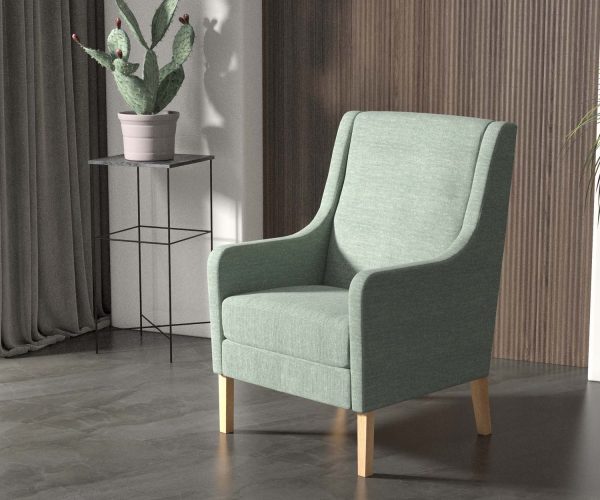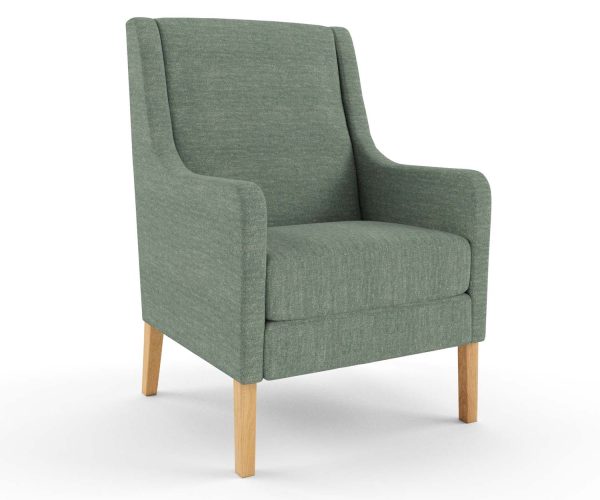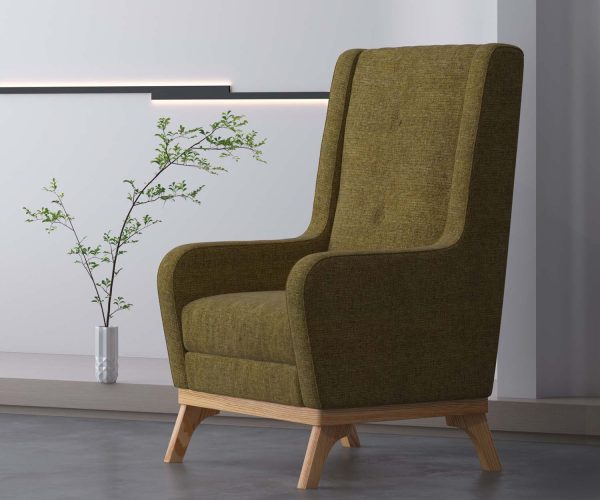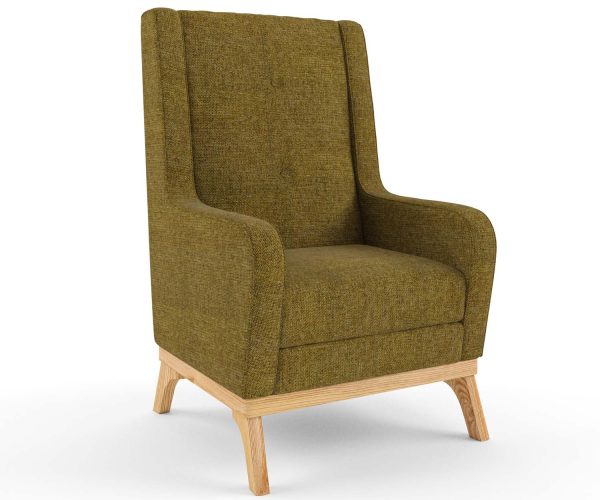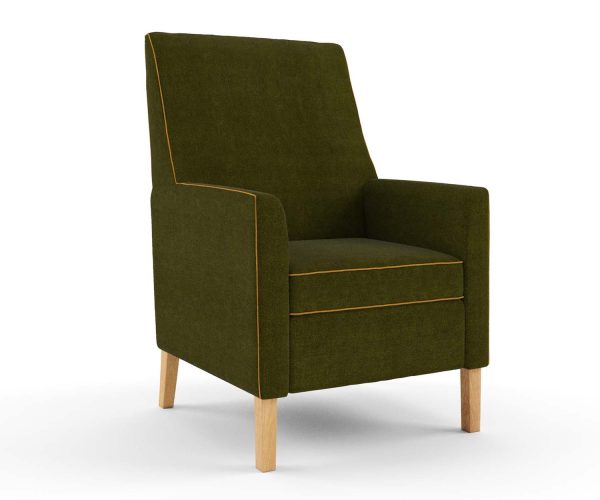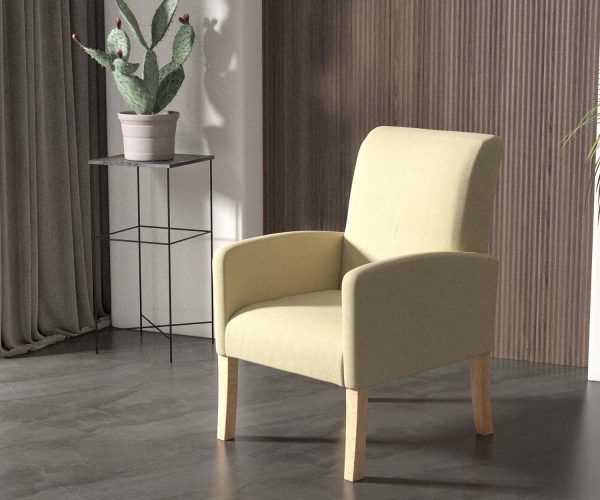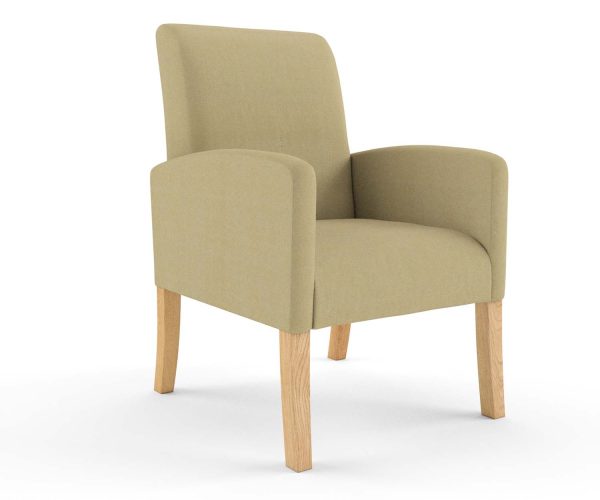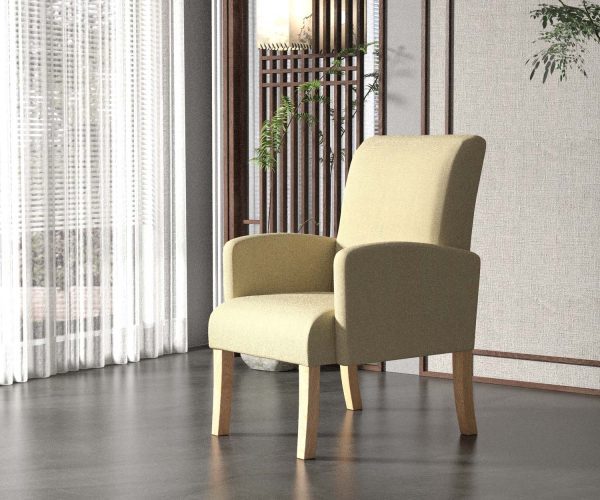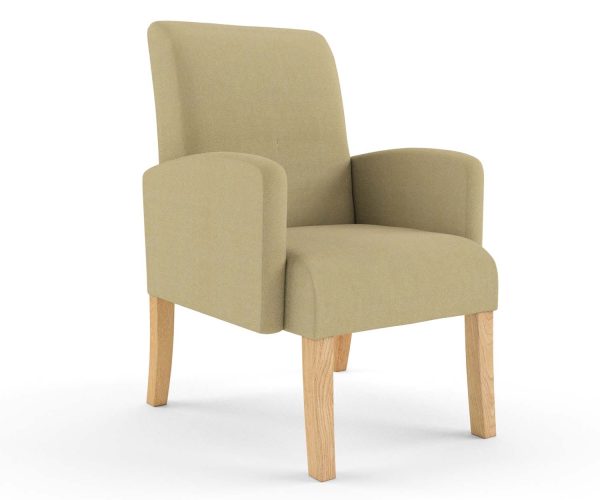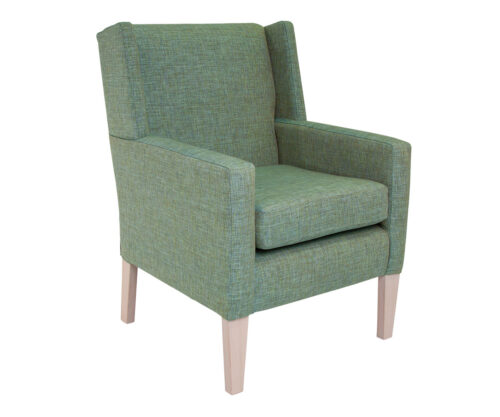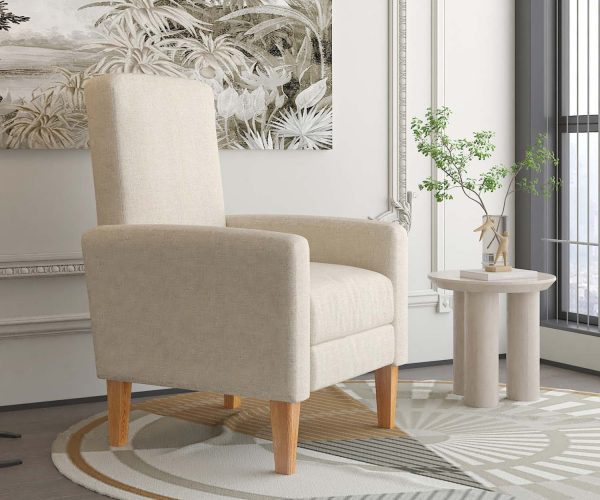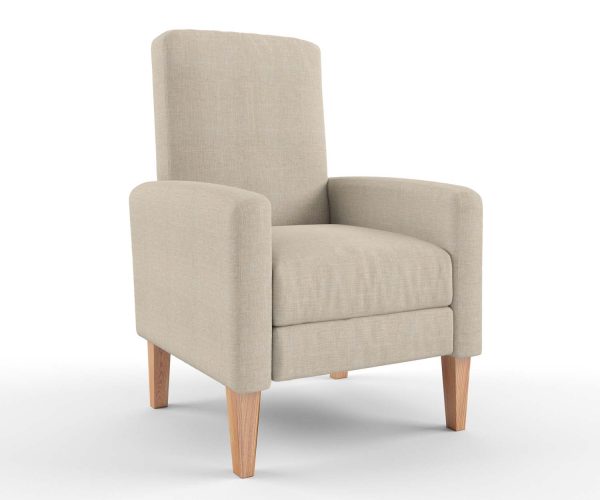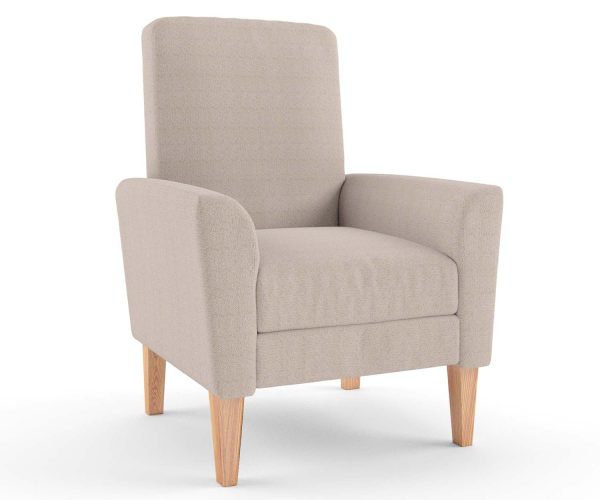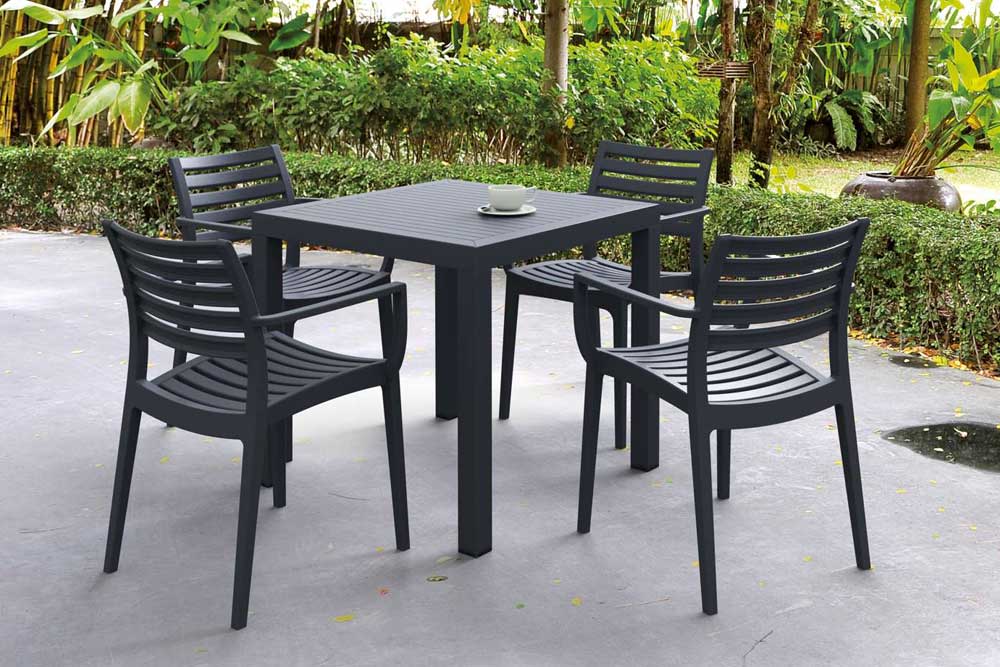Sustainability Meets Style: Circular Economy Practices by Australian Furniture Manufacturers
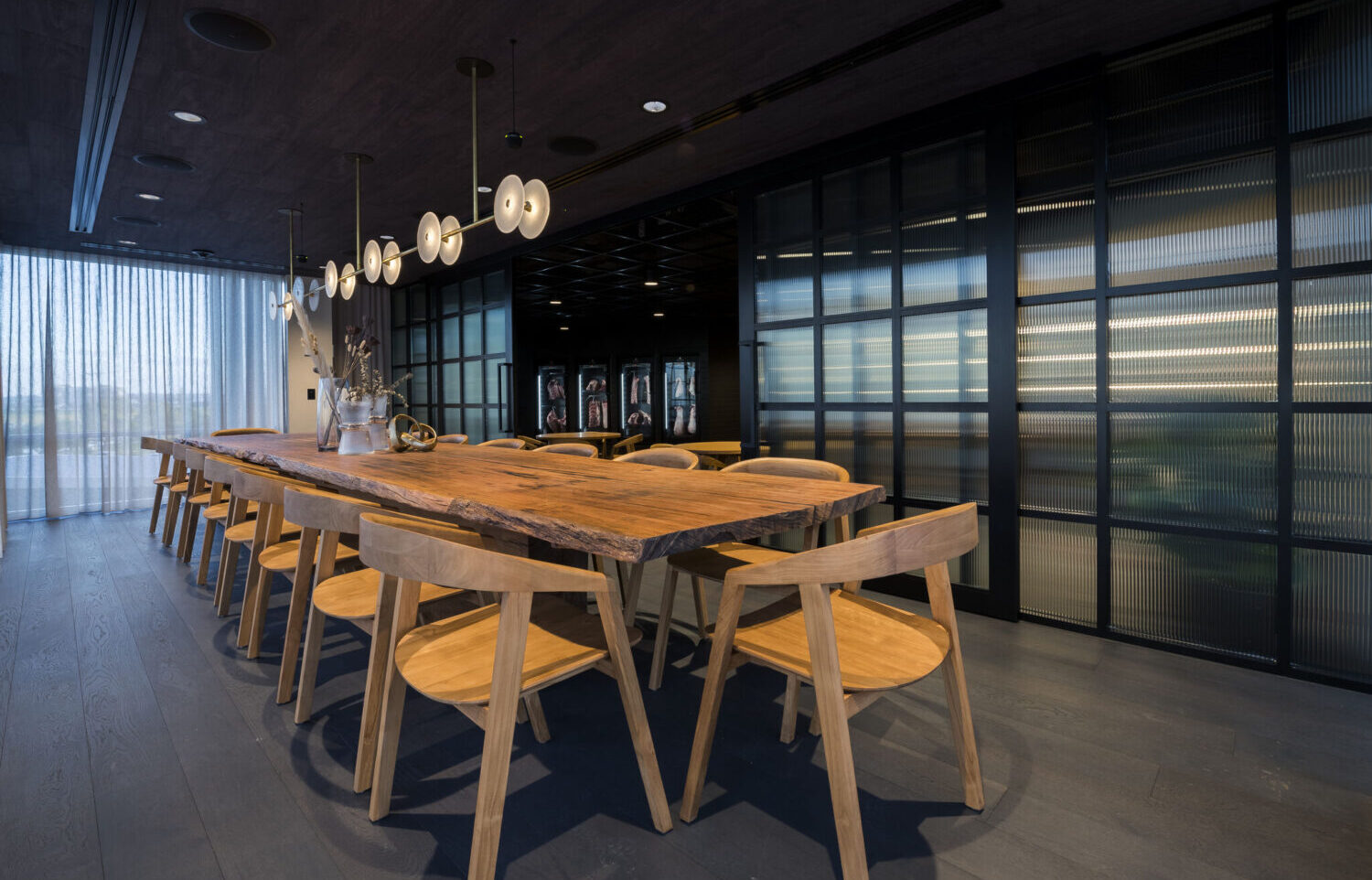
In a world where environmental concerns are growing and sustainable practices are becoming more critical than ever, Australian furniture manufacturers have taken a bold step forward. It’s no longer just about creating beautiful pieces; it’s about sustainability meeting style in a circular economy.
The Circular Economy Revolution
A circular economy is an economic system that prioritizes the sustainability and longevity of products and resources. Instead of the traditional linear approach of “take, make, and dispose,” a circular economy seeks to keep materials and products in use for as long as possible. Australia, known for its stunning landscapes and eco-conscious population, is making significant strides in embracing circular economy practices, particularly in furniture manufacturing.
Australian Furniture Manufacturers Lead the Way
Australian furniture manufacturers are leading the charge when it comes to circular economy practices. Their commitment to sustainable design and production methods is evident in every aspect of their work. Here are some ways in which they are driving the circular economy forward:
Furniture manufacturers in Australia are at the forefront of driving the circular economy forward by implementing various sustainable practices and innovative approaches. Here are some specific ways in which they are making a difference:
- Sustainable Sourcing of Materials: To support the circular economy, Australian furniture manufacturers prioritize the use of sustainable and responsibly sourced materials. This includes:
Certified Sustainable Timber: Many manufacturers source wood from certified sustainable forests or plantations. This ensures that the wood is harvested in a way that maintains the health of the forest and its ecosystems.
Reclaimed and Recycled Materials: In line with the principles of reusing and repurposing, furniture makers often use reclaimed or recycled materials. This can include salvaged wood from old buildings or discarded furniture components. By giving new life to these materials, they reduce the demand for virgin resources and minimize waste. - Innovative Design for Longevity: Circular economy practices are closely tied to innovative design. Australian furniture manufacturers create pieces that are not only aesthetically pleasing but also designed for durability and longevity. This design philosophy includes:
High-Quality Craftsmanship: Makers focus on creating high-quality furniture that can withstand the test of time. This means using solid joinery techniques, quality hardware, and finishes that are both attractive and resilient.
Modularity and Repairability: Some manufacturers design furniture with modularity in mind. This allows users to easily replace or repair specific components, extending the life of the piece. In doing so, they reduce the need for full replacements. - Upcycling and Repurposing: Upcycling and repurposing are integral to circular economy practices. Australian furniture manufacturers embrace these concepts in various ways:
Upcycled Furniture: They take discarded or unloved furniture and give it a fresh lease on life by refurbishing and redesigning it. The result is unique, stylish pieces with a history.
Repurposed Materials: Manufacturers creatively incorporate repurposed materials into their designs. For example, using old shipping pallets to create new and trendy furniture items. - Local Production: Keeping production local is a key strategy to reduce the carbon footprint associated with transporting furniture over long distances. Australian furniture manufacturers often source their materials and produce their items in close proximity to their markets. This reduces emissions from transportation and supports local economies.
- Recycling Programs: Some furniture companies in Australia have established recycling programs for their products. These programs ensure that when a piece of furniture reaches the end of its useful life, it can be responsibly disassembled, and the materials can be recycled to create new items. This closed-loop approach minimizes waste and resource consumption.
- Use of Eco-Friendly Finishes: Sustainable furniture manufacturers often use eco-friendly finishes and coatings on their products. These finishes are low in volatile organic compounds (VOCs), reducing indoor air pollution and minimizing harm to the environment.
- Educating Consumers: Many Australian furniture manufacturers are not only producing sustainable furniture but also educating consumers about the benefits of circular economy practices. They raise awareness about the importance of making eco-conscious choices when it comes to home furnishings.
The Benefits of Circular Economy Furniture
Circular economy furniture offers a range of benefits that extend beyond simple utility and aesthetics. These benefits encompass environmental, economic, and social aspects, making it an appealing choice for both consumers and the planet. Here are some of the key advantages of choosing circular economy furniture:
- Environmental Impact:
Resource Conservation: Circular furniture minimizes the need for virgin resources like timber, metals, and plastics. By using recycled, reclaimed, or sustainably sourced materials, it helps conserve natural resources and reduces the environmental impact of extraction and production.
Waste Reduction: Circular economy practices significantly reduce waste. Furniture made from upcycled or repurposed materials diverts waste from landfills and reduces the environmental burden associated with waste disposal.
Reduced Carbon Footprint: By favoring local production and using sustainable materials, circular furniture helps reduce transportation-related emissions. This is crucial in combatting climate change. - Durability and Longevity:
High Quality: Circular economy furniture is often crafted with a focus on durability and quality. This means the furniture is built to last, reducing the need for frequent replacements.
Modularity and Repairability: Many circular furniture pieces are designed with modular components and easy repair in mind. This extends their lifespan, as users can replace or fix specific parts, prolonging the usefulness of the furniture. - Economic Benefits:
Cost Savings: While circular furniture may have a higher upfront cost due to its quality and longevity, it often proves more cost-effective in the long run. You’ll need to replace it less frequently, ultimately saving money.
Value Retention: Well-crafted circular furniture tends to retain its value better than mass-produced items, which can be beneficial if you decide to sell or upgrade in the future. - Unique Design and Personalization:
One-of-a-Kind Pieces: Upcycled and repurposed furniture often carries a unique and individual charm. Each piece can have its own story and character, adding a personal touch to your home decor.
Customization: Some circular furniture manufacturers offer customization options, allowing you to tailor the design to your preferences, further enhancing its uniqueness. - Local Industry Support:
Community and Local Economy: Choosing circular furniture, especially when produced locally, supports local businesses and communities. It fosters job creation, economic growth, and a stronger sense of community. - Reduction of Environmental Harm:
Lower Carbon Emissions: Circular economy practices, such as local production and sustainable sourcing, reduce the carbon emissions associated with the transportation and manufacturing of furniture.
Habitat and Ecosystem Preservation: Sustainable material sourcing, such as certified timber, helps protect ecosystems and reduce habitat destruction, benefiting biodiversity. - Education and Awareness:
Consumer Empowerment: Circular economy furniture manufacturers often raise awareness about the importance of making eco-conscious choices. This education empowers consumers to make informed decisions about their purchases, extending the positive impact beyond furniture to other areas of their lives.
Sustainability meets style in Australian furniture manufacturing, and it’s a match made in eco-conscious heaven. As circular economy practices become more integrated into the industry, the future looks bright for those who value both aesthetics and the environment. When you invest in circular furniture, you’re not just buying a piece of decor; you’re investing in a more sustainable, stylish, and environmentally responsible future. So, let your next furniture purchase be a statement of your commitment to a circular economy and a greener, more stylish world.
FAQs About Australian Furniture Manufacturing and the Circular Economy
What is the circular economy in the context of Australian furniture manufacturing?
The circular economy in Australian furniture manufacturing refers to a system that prioritizes sustainability by minimizing waste and maximizing the lifespan of furniture products. It involves designing, producing, and disposing of furniture in a way that promotes resource efficiency, reduces environmental impact, and encourages recycling and reusability.
How are Australian furniture manufacturers embracing the principles of the circular economy?
Australian furniture manufacturers are increasingly adopting circular economy principles by incorporating sustainable materials, designing for durability, and implementing recycling programs. Some companies are exploring innovative business models such as furniture leasing or take-back programs to extend the life of their products.
What sustainable materials are commonly used in Australian furniture manufacturing?
Sustainable materials used in Australian furniture manufacturing include certified wood from responsibly managed forests, recycled or upcycled materials, and eco-friendly alternatives such as bamboo or cork. Manufacturers may also prioritize low-impact finishes and adhesives to reduce the environmental footprint of their products.
How can consumers participate in the circular economy when purchasing furniture in Australia?
Consumers can participate in the circular economy by choosing furniture made from sustainable materials, opting for products with a longer lifespan, and supporting brands that offer repair or refurbishment services. Additionally, considering second-hand or upcycled furniture and recycling or donating old furniture are effective ways for consumers to contribute to a circular economy.
Are there government initiatives supporting circular economy practices in Australian furniture manufacturing?
Various government initiatives and programs in Australia aim to support circular economy practices, including those in the manufacturing sector. These may include grants, incentives, and regulations promoting sustainable practices, waste reduction, and recycling. Manufacturers are encouraged to explore and take advantage of these initiatives.
How do Australian furniture manufacturers address the end-of-life phase of their products?
Australian furniture manufacturers may implement take-back programs, where they retrieve old furniture for refurbishment, recycling, or responsible disposal. Some manufacturers design their products with easy disassembly and separation of materials to facilitate recycling. Collaboration with recycling facilities and waste management services is also common to ensure proper disposal of end-of-life furniture.
Can circular economy practices in furniture manufacturing lead to cost savings for businesses in Australia?
Yes, adopting circular economy practices can lead to cost savings for furniture manufacturers in Australia. Designing for durability and repairability can reduce the need for frequent replacements, and utilizing recycled materials may be more cost-effective. Additionally, take-back programs can enhance brand loyalty and customer satisfaction, contributing to long-term business success.
How does Australian furniture manufacturing contribute to the reduction of carbon emissions and environmental impact?
Australian furniture manufacturers contribute to the reduction of carbon emissions and environmental impact by using sustainable materials, minimizing waste through efficient production processes, and promoting longer product lifespans. Embracing circular economy principles helps conserve resources, decrease energy consumption, and mitigate the overall environmental footprint of the furniture industry.
Australian Made Furniture that Follows the Australian National Aged Care Design Principles and Guidelines
Aged care chairs should be both supportive (Guideline 1.9 – Supportive Seating) and appropriate (Guideline 2.8 – Appropriate Furniture).
More News
Sustainability Meets Style: Circular Economy Practices by Australian Furniture Manufacturers

In a world where environmental concerns are growing and sustainable practices are becoming more critical than ever, Australian furniture manufacturers have taken a bold step forward. It’s no longer just about creating beautiful pieces; it’s about sustainability meeting style in a circular economy.
The Circular Economy Revolution
A circular economy is an economic system that prioritizes the sustainability and longevity of products and resources. Instead of the traditional linear approach of “take, make, and dispose,” a circular economy seeks to keep materials and products in use for as long as possible. Australia, known for its stunning landscapes and eco-conscious population, is making significant strides in embracing circular economy practices, particularly in furniture manufacturing.
Australian Furniture Manufacturers Lead the Way
Australian furniture manufacturers are leading the charge when it comes to circular economy practices. Their commitment to sustainable design and production methods is evident in every aspect of their work. Here are some ways in which they are driving the circular economy forward:
Furniture manufacturers in Australia are at the forefront of driving the circular economy forward by implementing various sustainable practices and innovative approaches. Here are some specific ways in which they are making a difference:
- Sustainable Sourcing of Materials: To support the circular economy, Australian furniture manufacturers prioritize the use of sustainable and responsibly sourced materials. This includes:
Certified Sustainable Timber: Many manufacturers source wood from certified sustainable forests or plantations. This ensures that the wood is harvested in a way that maintains the health of the forest and its ecosystems.
Reclaimed and Recycled Materials: In line with the principles of reusing and repurposing, furniture makers often use reclaimed or recycled materials. This can include salvaged wood from old buildings or discarded furniture components. By giving new life to these materials, they reduce the demand for virgin resources and minimize waste. - Innovative Design for Longevity: Circular economy practices are closely tied to innovative design. Australian furniture manufacturers create pieces that are not only aesthetically pleasing but also designed for durability and longevity. This design philosophy includes:
High-Quality Craftsmanship: Makers focus on creating high-quality furniture that can withstand the test of time. This means using solid joinery techniques, quality hardware, and finishes that are both attractive and resilient.
Modularity and Repairability: Some manufacturers design furniture with modularity in mind. This allows users to easily replace or repair specific components, extending the life of the piece. In doing so, they reduce the need for full replacements. - Upcycling and Repurposing: Upcycling and repurposing are integral to circular economy practices. Australian furniture manufacturers embrace these concepts in various ways:
Upcycled Furniture: They take discarded or unloved furniture and give it a fresh lease on life by refurbishing and redesigning it. The result is unique, stylish pieces with a history.
Repurposed Materials: Manufacturers creatively incorporate repurposed materials into their designs. For example, using old shipping pallets to create new and trendy furniture items. - Local Production: Keeping production local is a key strategy to reduce the carbon footprint associated with transporting furniture over long distances. Australian furniture manufacturers often source their materials and produce their items in close proximity to their markets. This reduces emissions from transportation and supports local economies.
- Recycling Programs: Some furniture companies in Australia have established recycling programs for their products. These programs ensure that when a piece of furniture reaches the end of its useful life, it can be responsibly disassembled, and the materials can be recycled to create new items. This closed-loop approach minimizes waste and resource consumption.
- Use of Eco-Friendly Finishes: Sustainable furniture manufacturers often use eco-friendly finishes and coatings on their products. These finishes are low in volatile organic compounds (VOCs), reducing indoor air pollution and minimizing harm to the environment.
- Educating Consumers: Many Australian furniture manufacturers are not only producing sustainable furniture but also educating consumers about the benefits of circular economy practices. They raise awareness about the importance of making eco-conscious choices when it comes to home furnishings.
The Benefits of Circular Economy Furniture
Circular economy furniture offers a range of benefits that extend beyond simple utility and aesthetics. These benefits encompass environmental, economic, and social aspects, making it an appealing choice for both consumers and the planet. Here are some of the key advantages of choosing circular economy furniture:
- Environmental Impact:
Resource Conservation: Circular furniture minimizes the need for virgin resources like timber, metals, and plastics. By using recycled, reclaimed, or sustainably sourced materials, it helps conserve natural resources and reduces the environmental impact of extraction and production.
Waste Reduction: Circular economy practices significantly reduce waste. Furniture made from upcycled or repurposed materials diverts waste from landfills and reduces the environmental burden associated with waste disposal.
Reduced Carbon Footprint: By favoring local production and using sustainable materials, circular furniture helps reduce transportation-related emissions. This is crucial in combatting climate change. - Durability and Longevity:
High Quality: Circular economy furniture is often crafted with a focus on durability and quality. This means the furniture is built to last, reducing the need for frequent replacements.
Modularity and Repairability: Many circular furniture pieces are designed with modular components and easy repair in mind. This extends their lifespan, as users can replace or fix specific parts, prolonging the usefulness of the furniture. - Economic Benefits:
Cost Savings: While circular furniture may have a higher upfront cost due to its quality and longevity, it often proves more cost-effective in the long run. You’ll need to replace it less frequently, ultimately saving money.
Value Retention: Well-crafted circular furniture tends to retain its value better than mass-produced items, which can be beneficial if you decide to sell or upgrade in the future. - Unique Design and Personalization:
One-of-a-Kind Pieces: Upcycled and repurposed furniture often carries a unique and individual charm. Each piece can have its own story and character, adding a personal touch to your home decor.
Customization: Some circular furniture manufacturers offer customization options, allowing you to tailor the design to your preferences, further enhancing its uniqueness. - Local Industry Support:
Community and Local Economy: Choosing circular furniture, especially when produced locally, supports local businesses and communities. It fosters job creation, economic growth, and a stronger sense of community. - Reduction of Environmental Harm:
Lower Carbon Emissions: Circular economy practices, such as local production and sustainable sourcing, reduce the carbon emissions associated with the transportation and manufacturing of furniture.
Habitat and Ecosystem Preservation: Sustainable material sourcing, such as certified timber, helps protect ecosystems and reduce habitat destruction, benefiting biodiversity. - Education and Awareness:
Consumer Empowerment: Circular economy furniture manufacturers often raise awareness about the importance of making eco-conscious choices. This education empowers consumers to make informed decisions about their purchases, extending the positive impact beyond furniture to other areas of their lives.
Sustainability meets style in Australian furniture manufacturing, and it’s a match made in eco-conscious heaven. As circular economy practices become more integrated into the industry, the future looks bright for those who value both aesthetics and the environment. When you invest in circular furniture, you’re not just buying a piece of decor; you’re investing in a more sustainable, stylish, and environmentally responsible future. So, let your next furniture purchase be a statement of your commitment to a circular economy and a greener, more stylish world.
FAQs About Australian Furniture Manufacturing and the Circular Economy
What is the circular economy in the context of Australian furniture manufacturing?
The circular economy in Australian furniture manufacturing refers to a system that prioritizes sustainability by minimizing waste and maximizing the lifespan of furniture products. It involves designing, producing, and disposing of furniture in a way that promotes resource efficiency, reduces environmental impact, and encourages recycling and reusability.
How are Australian furniture manufacturers embracing the principles of the circular economy?
Australian furniture manufacturers are increasingly adopting circular economy principles by incorporating sustainable materials, designing for durability, and implementing recycling programs. Some companies are exploring innovative business models such as furniture leasing or take-back programs to extend the life of their products.
What sustainable materials are commonly used in Australian furniture manufacturing?
Sustainable materials used in Australian furniture manufacturing include certified wood from responsibly managed forests, recycled or upcycled materials, and eco-friendly alternatives such as bamboo or cork. Manufacturers may also prioritize low-impact finishes and adhesives to reduce the environmental footprint of their products.
How can consumers participate in the circular economy when purchasing furniture in Australia?
Consumers can participate in the circular economy by choosing furniture made from sustainable materials, opting for products with a longer lifespan, and supporting brands that offer repair or refurbishment services. Additionally, considering second-hand or upcycled furniture and recycling or donating old furniture are effective ways for consumers to contribute to a circular economy.
Are there government initiatives supporting circular economy practices in Australian furniture manufacturing?
Various government initiatives and programs in Australia aim to support circular economy practices, including those in the manufacturing sector. These may include grants, incentives, and regulations promoting sustainable practices, waste reduction, and recycling. Manufacturers are encouraged to explore and take advantage of these initiatives.
How do Australian furniture manufacturers address the end-of-life phase of their products?
Australian furniture manufacturers may implement take-back programs, where they retrieve old furniture for refurbishment, recycling, or responsible disposal. Some manufacturers design their products with easy disassembly and separation of materials to facilitate recycling. Collaboration with recycling facilities and waste management services is also common to ensure proper disposal of end-of-life furniture.
Can circular economy practices in furniture manufacturing lead to cost savings for businesses in Australia?
Yes, adopting circular economy practices can lead to cost savings for furniture manufacturers in Australia. Designing for durability and repairability can reduce the need for frequent replacements, and utilizing recycled materials may be more cost-effective. Additionally, take-back programs can enhance brand loyalty and customer satisfaction, contributing to long-term business success.
How does Australian furniture manufacturing contribute to the reduction of carbon emissions and environmental impact?
Australian furniture manufacturers contribute to the reduction of carbon emissions and environmental impact by using sustainable materials, minimizing waste through efficient production processes, and promoting longer product lifespans. Embracing circular economy principles helps conserve resources, decrease energy consumption, and mitigate the overall environmental footprint of the furniture industry.
Australian Made Furniture that Follows the Australian National Aged Care Design Principles and Guidelines
Aged care chairs should be both supportive (Guideline 1.9 – Supportive Seating) and appropriate (Guideline 2.8 – Appropriate Furniture).
Commercial furniture by room
Based in Brisbane, we’re an Australian manufacturer of aged care furniture, retirement living furniture, hospital & healthcare furniture, hotel & accommodation furniture and student accommodation furniture. We also supply a range of commercial office furniture.
Discover the FHG Look Book: Your Source of Inspiration for Quality Australian-Made Commercial Furniture
- Quality Craftsmanship: See why we’ve been a trusted partner for over 25 years.
- Local Excellence: Learn how our Brisbane team ensures the highest standards.
- Inspiration and Ideas: Find innovative furniture solutions for any environment.
Don’t miss the opportunity to transform your commercial space with FHG’s expertly crafted furniture. Download the FHG Look Book today and start your journey towards exceptional design and quality.

